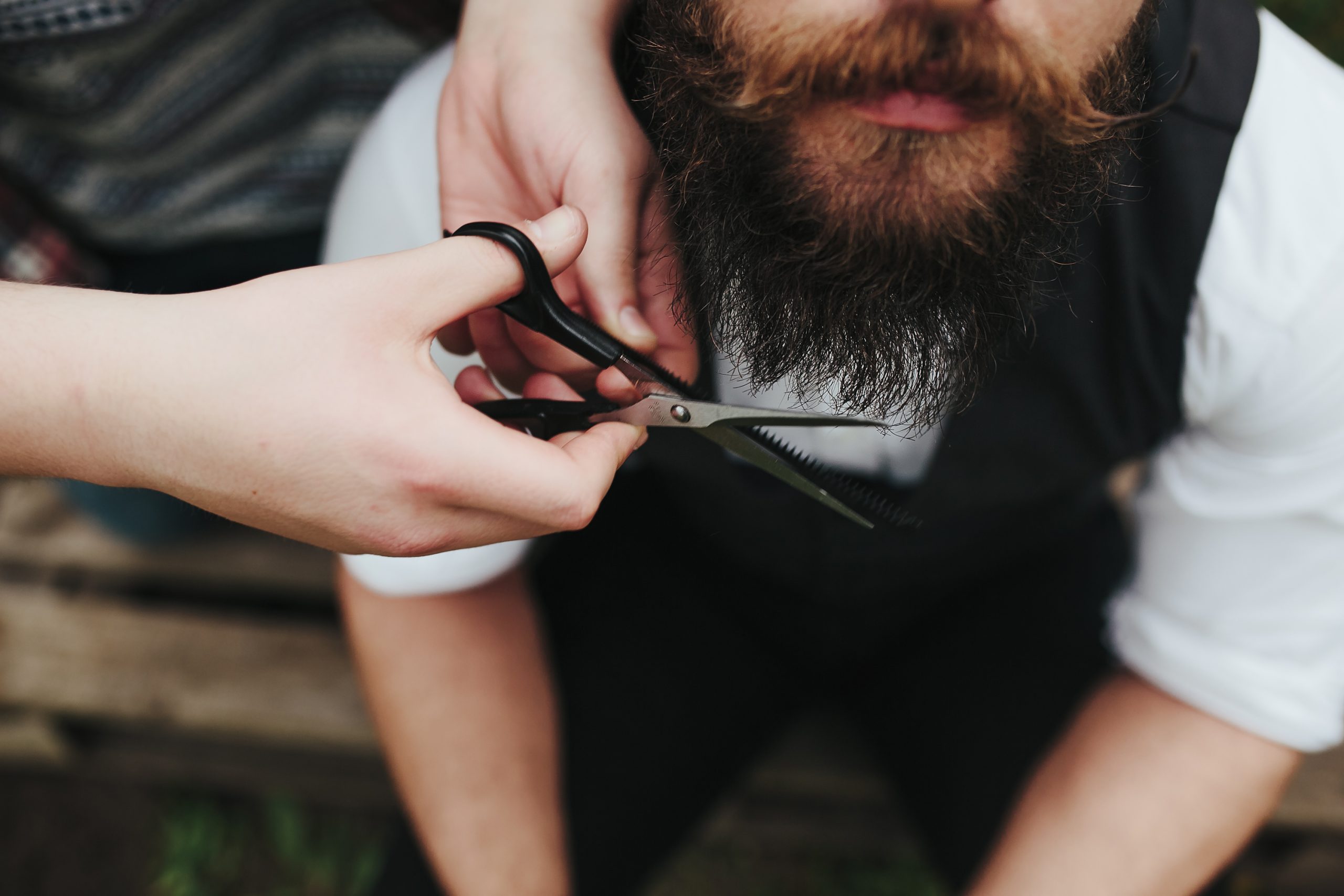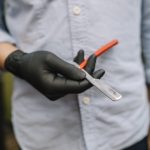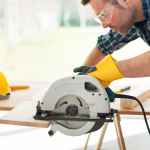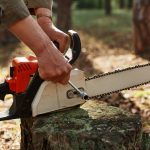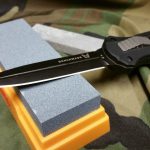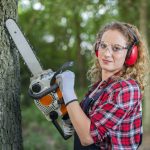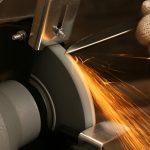Introduction: Why Sharp Shears Are a Non-Negotiable for Hairdressers
In the world of hairdressing, your shears aren’t just tooling they’re an extension of your hands. Whether you’re shaping a blunt bob, creating delicate layers, or giving a textured pixie cut, precision is everything. But even the most expensive pair of shears won’t perform well if they’re dull. That’s where shear sharpening becomes essential not just as a maintenance task, but as a critical part of your craft.
Professionals know that shear sharpening isn’t about simply grinding down metal. It’s about preserving the edge geometry, the balance of the tool, and ultimately, the quality of every single haircut. This article explores what true professionals look for in a sharpening service and why choosing the right one can elevate your salon work, client experience, and career longevity.
The Anatomy of a Great Shear
Before we dive into sharpening, it’s worth understanding why shears matter so much.
Professional shears are finely engineered instruments. The edge, pivot, tension, and even the handle ergonomics all work in harmony. A properly sharpened shear should:
- Cut hair cleanly without pushing or folding it
- Glide smoothly without resistance
- Maintain even tension from heel to tip
- Reduce strain on your hands and wrists
When sharpening is done poorly, it disrupts that delicate balance. That’s why professional hairdressers should only trust services that specialize in the nuances of shear sharpening — not just generic blade sharpening.
Warning Signs Your Shears Need Sharpening
No matter how careful you are, all shears eventually dull with use. Recognizing the early signs can help prevent damage to both your tools and your clients’ hair.
Here are the telltale signs it’s time for sharpening:
- You feel increased resistance when cutting
- Hair bends or pushes away from the blades
- You’re applying more pressure to complete a cut
- You notice frayed or split ends more often
- Your hand or wrist begins to fatigue more quickly
Ignoring these symptoms not only affects the quality of your work — it can cause irreversible damage to your shears if continued for too long.
What Professionals Look for in Shear Sharpening Services
- Experience with Salon Shears
True professionals know that hair shears are different from kitchen or fabric scissors. A reputable sharpening service should have hands-on experience with convex edges, hollow-ground blades, and specialty tools like texturizers and thinning shears. - Convex Edge Sharpening Expertise
Convex edges are standard on high-end salon shears. These blades require specialized tools (like Japanese water stones or custom convexing equipment) to preserve their edge profile. Any deviation during sharpening can ruin a $300+ shear in minutes. - Reputation and Reviews
Word of mouth is powerful in the beauty industry. Professionals often rely on Google reviews, peer recommendations, or salon forums when selecting a sharpening service. High ratings are one thing but consistent praise for precision, turnaround, and tool care speaks volumes. - Warranty or Satisfaction Guarantee
Trustworthy sharpeners stand behind their work. A warranty or redo policy shows confidence in their service and gives stylists peace of mind. The Point Sharpening offers a satisfaction guarantee, ensuring your tools feel better than ever — or we’ll make it right.
The Shear Sharpening Process — What Happens Behind the Scenes
If you’ve never seen a professional sharpening session, you might be surprised at the level of detail involved. At The Point Sharpening, our process includes:
- Inspection: We evaluate edge wear, alignment, pivot tension, and nicks.
- Disassembly: Shears are taken apart for full access and balance restoration.
- Edge Restoration: Using Japanese water stones, we restore the convex edge without overheating or removing excess metal.
- Honing: The inside ride line (that slight hollow inside the blade) is polished to allow a smooth glide.
- Tension Setting: Proper tension prevents excess wear and ensures smooth cutting.
- Test Cuts: We test on real hair or synthetic strands to confirm flawless results.
Each pair of shears receives customized care, not a one-size-fits-all treatment.
How Often Should You Sharpen Your Shears?
There’s no universal schedule for shear sharpening — it depends on:
- How frequently you cut (full-time stylists vs. part-time)
- Hair types you work with (thicker hair dulls blades faster)
- Your cutting technique
- Shear quality and material
That said, most professionals benefit from sharpening every 3 to 6 months. Some stylists with high-end shears opt for quarterly maintenance to preserve tool integrity and performance.
Pro Tip: Mark your calendar or set a reminder — routine sharpening is a proactive habit that extends tool life.
Dull Shears Are More Dangerous Than Sharp Ones
It sounds counterintuitive, but it’s true: dull shears are a safety risk.
They force stylists to use more pressure, which can lead to:
- Accidental nicks and cuts
- Wrist and finger strain
- Damage to the client’s hair shaft
Sharp shears glide easily, require minimal force, and leave clean ends that help prevent split hairs.
Why Hairdressers Across Northern Virginia Trust The Point Sharpening
At The Point Sharpening, we understand what your shears mean to you. We work with salon professionals, barbers, pet groomers, and cosmetology students throughout the Northern Virginia area.
Here’s why professionals trust us:
- Japanese convex edge specialists
- Top-tier equipment and decades of sharpening experience
- Fast turnaround
- Affordable pricing and satisfaction guarantee
We’re not just a sharpening company — we’re your partner in precision, performance, and professional care.
Tips for Maintaining Your Shears Between Sharpening
You can extend the time between sharpening with good daily habits:
- Clean shears daily with a soft cloth and alcohol wipe
- Oil the pivot screw weekly to reduce friction
- Store properly in a protective case when not in use
- Avoid cutting non-hair materials like foils or extensions
- Check and adjust tension regularly
Your shears will reward you with cleaner cuts and a longer lifespan.
FAQs About Shear Sharpening
- How do I know if my shear sharpener is qualified?
Look for a sharpener who specializes in convex edges, has salon tool experience, and offers a satisfaction guarantee. Reviews and recommendations from other stylists are key. - How long does sharpening take?
Most shear sharpening services are completed quickly typically within a day or two depending on the workload. - Will sharpening shorten the life of my shears?
Not when done correctly. Professional shear sharpening removes minimal metal, extending tool life. Avoid cheap or automated services that grind too aggressively. - Can you sharpen texturizing or thinning shears?
Yes. These require a more delicate touch and specialized tools, but a skilled sharpener can restore them to like-new performance. - What do you charge for sharpening?
Pricing ranges from $15 to $30 depending on blade length. Some large commercial chains may cost more.
Conclusion: Invest in Your Craft with Expert Shear Sharpening
In hairdressing, the quality of your tools can make or break your results. Dull shears hinder your artistry, slow down your workflow, and compromise your clients’ satisfaction. By investing in professional shear sharpening, you protect your tools, your reputation, and your hands.
At The Point Sharpening, we don’t just sharpen we elevate your shears to perform at their peak.
Stay sharp with The Point Sharpening. Visit us at: https://thepointsharpening.com

